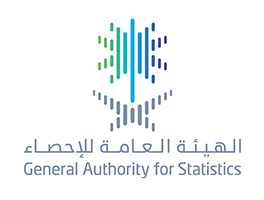Last update 20 / 09 / 2017
For the steps of design and select of samples for the Household Spending and Income Survey

The Household Spending and Income Survey sample was designed to realize the main objectives of the survey throughout the Kingdom and its administrative regions. It takes into account the special requirements to determine the items of consumer goods and services for future record of the cost of living, as well as the data needed for national accounts.
To get highly efficient and effective estimates, research community was divided into parts that are non-overlapping and characterized by relative consistency in their units. Each part is considered a category, and each category is dealt with as an independent community. A random sample is drawn from each category independently, and eventually all drawn units are integrated to form the total sample. For the purposes of preparing this framework, each administrative region has been divided into a number of categories ranging between 3-7 layers determined by the population size, bringing the total to fifty-four categories nationwide. The optimal size of the main sample that fulfills the purposes of surveys and different household researches conducted by the Authority all over the Kingdom and the administrative regions was identified. After that, the primary sampling units of the main sample, represented by statistical regions distributed among all the administrative regions, were drawn. Before drawing the primary sampling units (counting areas) of the main sample, small or remote counting areas were merged, to be replaced in the framework by similar counting areas to guarantee a proper representation of those categories and to get accurate estimates and results that represent all categories.
After determining the optimum size of the survey sample of households of each administrative region, there begins the drawing of the primary sampling units, i.e. counting areas, from the main sample framework. The units will be distributed among all categories in all the administrative regions using the suitable method to the size by considering the number of Saudi households in them, distributed among the administrative regions. Then, the final sampling units (households) are randomly drawn from the counting areas chosen in the first stage using a regular random sampling method. A number of 12 households were chosen from each counting area, in addition to choosing an alternative sample consisting of 8 households in each statistical area to reduce the non-response percentage.










